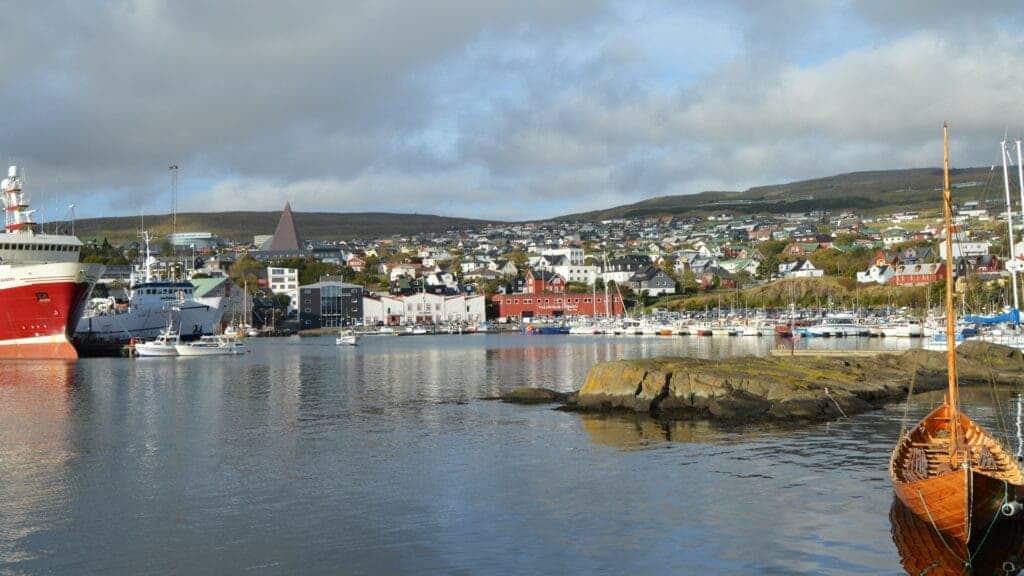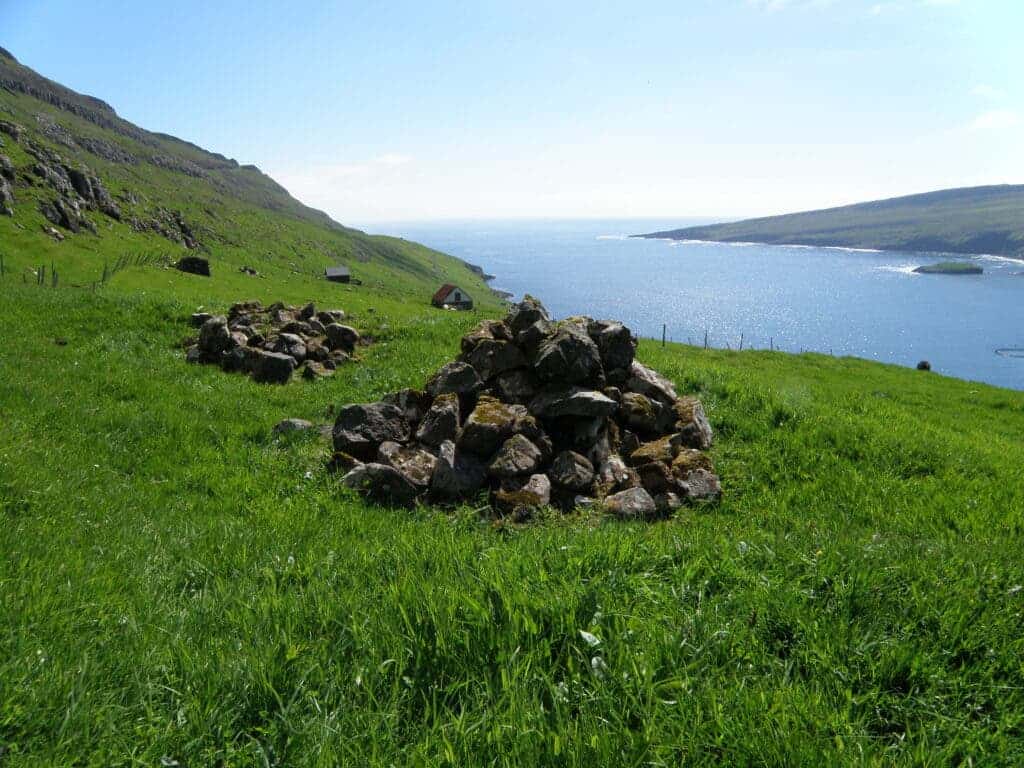The Faroe Islands, a small archipelago located halfway between Iceland and Norway, was once home to an unknown group of people in the year 500 AD, around 350 years before the Vikings arrived, according to a new study. The finding is based on the analysis of centuries-old sheep poop found on the bottom of a lake in the islands.

The Vikings were excellent sailors; any rugged and inhospitable place in Europe that you could reach by water, they did it. But maybe, in some places, others groups arrived before them. Until recently, evidence of people arriving in the Faeroe before Vikings has been limited. The islands are rocky and windswept, so not that much has remained intact on the surface. In 2013, researchers found burnt barley grains, not native to the island, beneath the floor of a Viking house. The grains were dated 300 to 500 years before the Vikings occupied the islands.
Seeking to unravel the history that these grains hold, a group of researchers focused on a lake on the Faroese island of Eysturoy, located near a village that previously hosted a Viking settlement. They dropped tubes into the lake bottom and collected cores that were 2.7 meters in length (nine feet). Its analysis showed the presence of plenty of domesticated sheep.

The team of researchers estimated the animals arrived between 492 and 512 – determined based on the depth of the sediment layers. There’s no evidence of mammals on the island before the arrival of the sheep, so this would indicate they were brought by people arriving on the islands. Sheep is now a staple of the Faroese diet.
“We show conclusive evidence that humans had introduced livestock to the Faroe Islands three to four centuries before the Viking-age Norse settlement period that is widely documented in the archaeological record. We constrain the most likely timing of human arrival to 500 CE, approximately 350 years before Viking Age settlements,” they wrote.
The mystic Faroe Islands

Located over 300 kilometers northwest of Scotland, the Faroes have impressive towering cliffs as their coastlines, with cloudy weather and strong winds. The landscape is largely tundra and only a few places would have been enticing for settlement. There are a few flat places near protected bays, where the Vikings would usually camp. It’s definitely not the place where you’d expect to find an inexperienced sailor.
Some medieval writings suggest that Irish monks used to live in the islands by the year 500, including among them the Irish navigator St. Brendan – famous for sailing the Atlantic. Now, the sheep DNA helps to better understand the history of the island. The researchers believe these first people were the Celts, crossing from Scotland or Ireland.
In fact, there are names in the Faroe Islands that come from Celtic words, as well as undated Celtic grave markings on the islands. Previous studies have found maternal Celtic lineage in Faroese people. It’s possible that Vikings had Celtic brides with them, but the maternal Celtic background is so high that the researchers think Celts were very likely on the islands before the Vikings.
The study was published in the journal Communications Earth & Environment.
Was this helpful?



